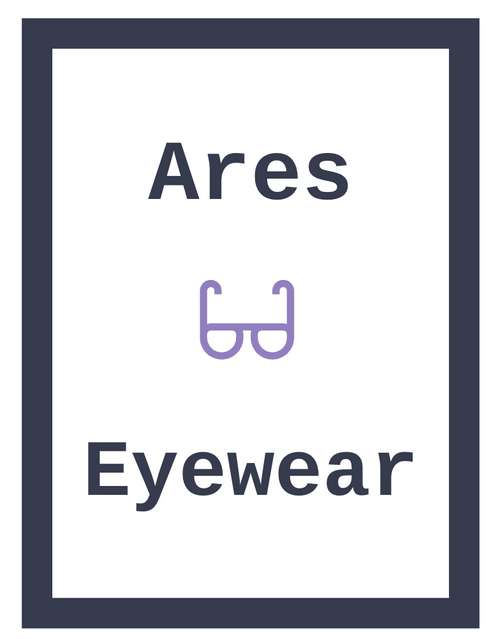Dry eyes, a common condition affecting a large percentage of the population, can cause discomfort, irritation, and even impact daily activities. Yet, it remains poorly understood and often overlooked.
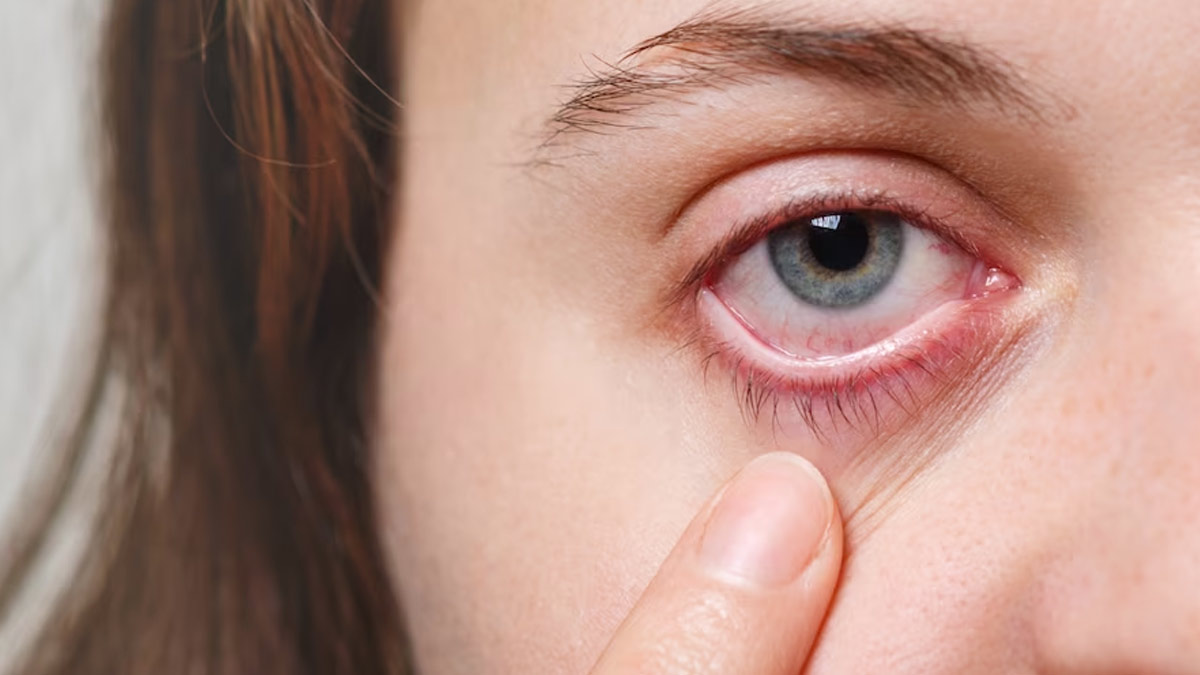
In this blog post, we will delve into the causes, symptoms, and potential treatments for dry eyes, shedding light on this silent epidemic.
Causes of Dry Eyes
Dry eyes occur when the production of tears is insufficient or when the tears evaporate too quickly. Tears are essential for maintaining proper eye health and ensuring clear vision.

They lubricate the eyes, wash away foreign particles, and provide important nutrients and oxygen to the cornea. When there is an imbalance in tear production or tear quality, dry eyes can occur.
- Age: One of the leading causes of dry eyes is age. As we grow older, our tear production tends to decrease. This is especially common in individuals over the age of 50, with hormonal changes playing a role in reduced tear production.
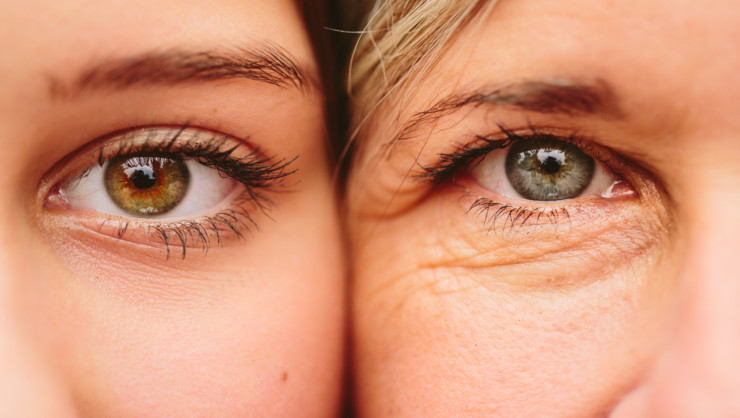
- Environmental factors: Dry and windy environments can lead to increased tear evaporation, causing dry eyes. Spending long hours in air-conditioned rooms, working on a computer screen for extended periods, or exposure to smoke and dust can also contribute to the development of dry eyes.
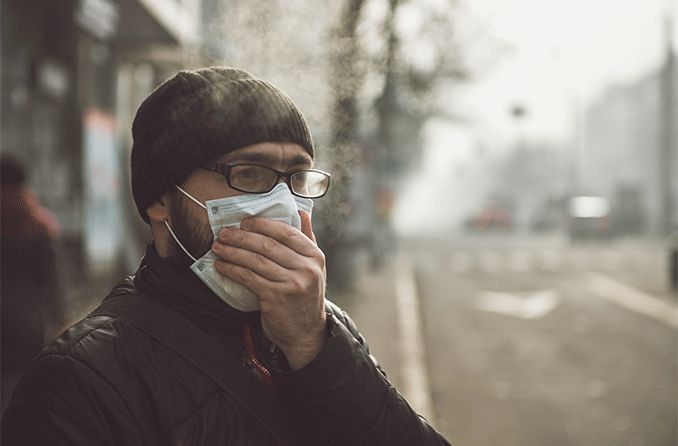
- Medical conditions: Certain medical conditions can contribute to dry eyes. Conditions such as diabetes, rheumatoid arthritis, thyroid disorders, or allergies can affect tear production or the quality of tears, leading to dry eyes.

- Medications: Some medications have dry eyes listed as a potential side effect. Antihistamines, decongestants, antidepressants, hormone replacement therapy drugs, and certain blood pressure medications can all cause dry eyes as a side effect.

- Contact lens use: Wearing contact lenses for extended periods can lead to dry eyes. Contacts can prevent oxygen from reaching the eyes, and the use of certain cleaning solutions or contact lens materials can exacerbate dryness.
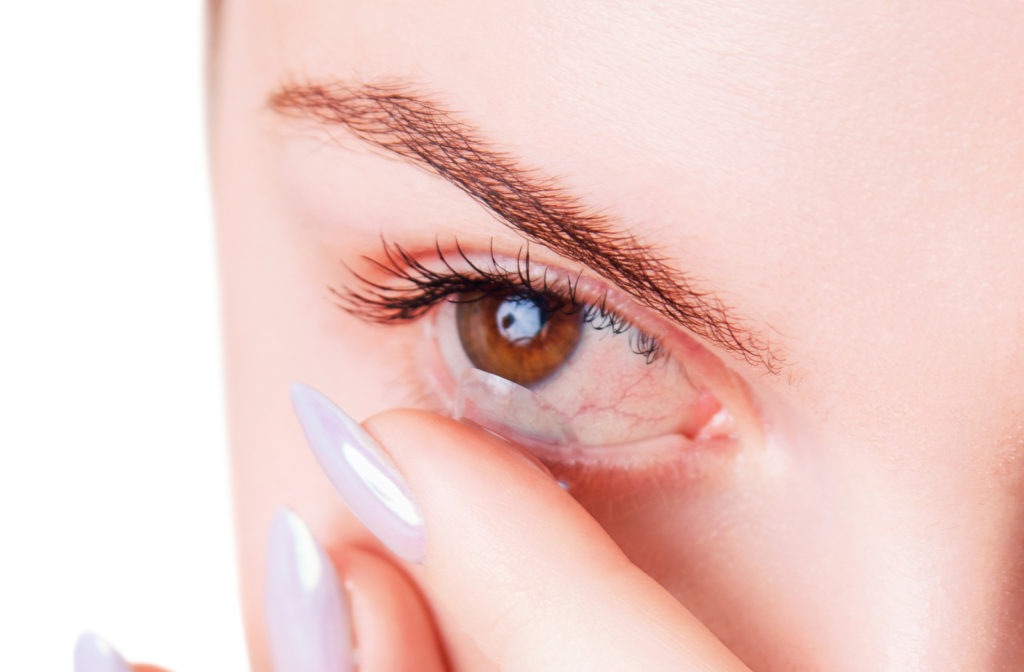
- Nutritional deficiencies: Inadequate intake of certain nutrients, such as omega-3 fatty acids, vitamin A, and vitamin D, can contribute to dry eyes. These nutrients play a crucial role in maintaining eye health and lubrication.
:max_bytes(150000):strip_icc()/GettyImages-850977856-30fff58ade1e4dc1900bd85dd477d1e0.jpg)
If you experience persistent dry eyes, it is important to consult with an eye care professional. They can help determine the underlying cause and provide appropriate treatment options.
Treatment options
Dry eyes can be a common and troublesome issue that affects millions of people worldwide. It can cause discomfort, irritation, and even blurry vision. Thankfully, there are various treatment options available to help alleviate the symptoms of dry eyes.
- Artificial tears: Artificial tears, also known as lubricating eye drops, are the first line of defense for dry eyes. They work by providing temporary relief by lubricating the eyes and reducing dryness and discomfort. These eye drops are available over the counter and can be used as needed throughout the day.
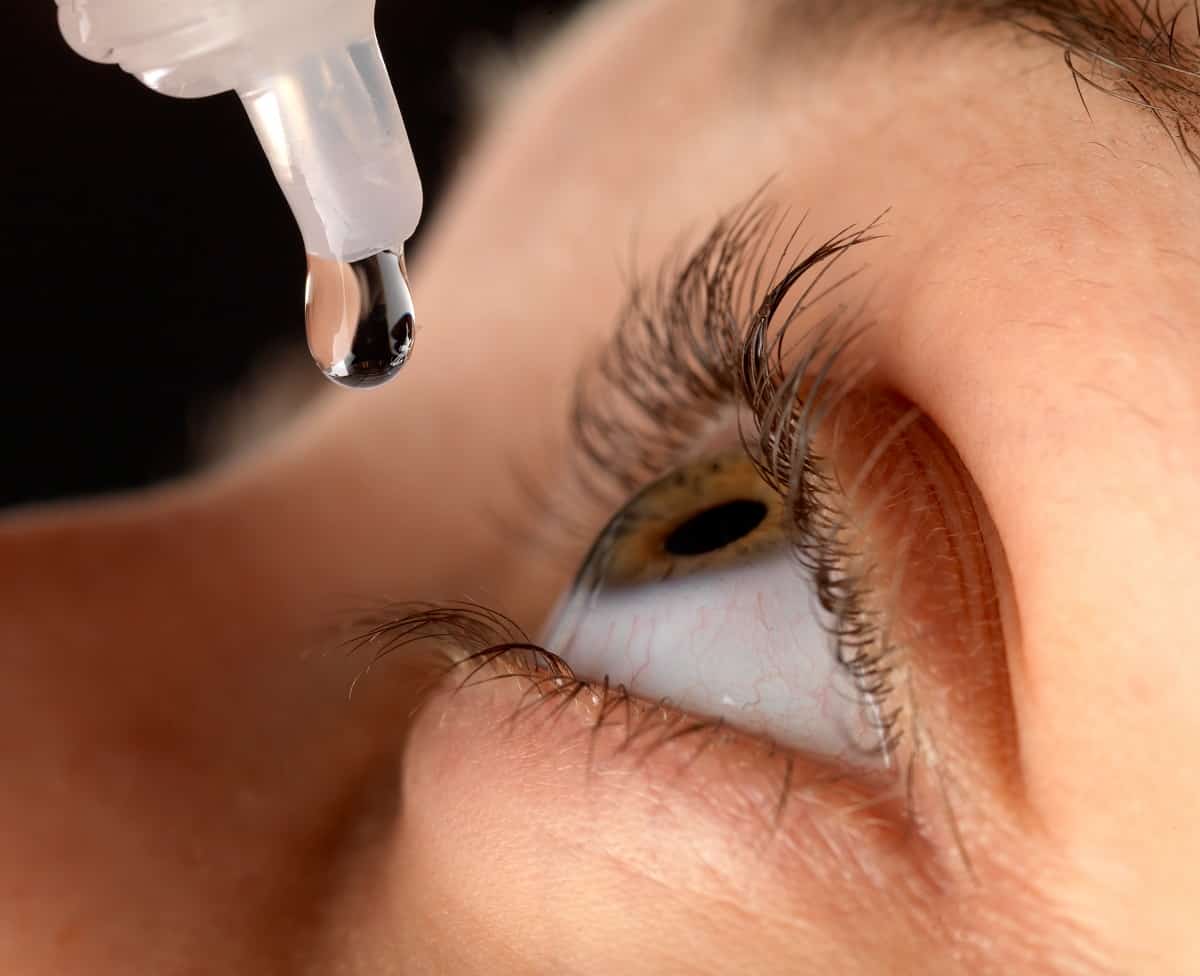
- Prescription eye drops: If artificial tears do not provide sufficient relief, your doctor may prescribe stronger eye drops to manage your dry eye symptoms. These prescription eye drops can help increase tear production and reduce inflammation in the eyes.
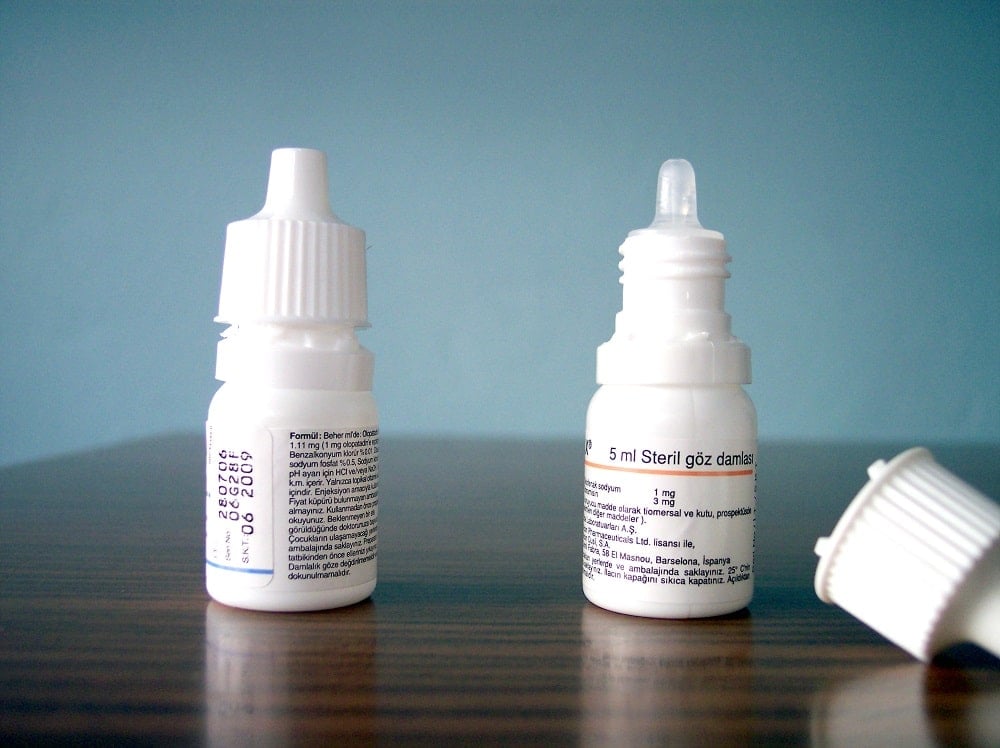
- Punctal plugs: Punctal plugs are small, silicone devices that are inserted into the tear ducts to block tear drainage. By blocking tear drainage, punctal plugs help keep the eyes moist by preventing the tears from draining too quickly from the eyes. Punctal plugs can be a long-term solution for chronic dry eyes.
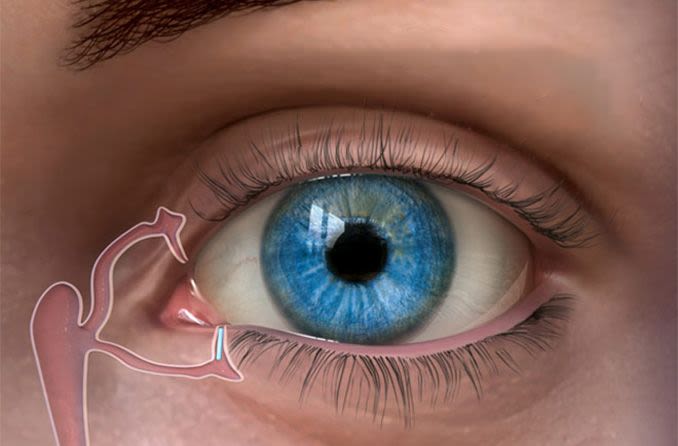
- Meibomian gland expression: Meibomian glands are responsible for producing the oily layer of tears that helps prevent evaporation. However, in some cases, these glands can become blocked or dysfunctional, leading to dry eyes. Meibomian gland expression, also known as lid expression or lid massage, can help unclog these glands and improve tear production.

- Warm compresses: Applying warm compresses to the eyes can help stimulate the production of natural tears and improve oil flow from the meibomian glands. Simply soak a clean cloth in warm water, wring out the excess, and place it over your closed eyes for 5-10 minutes.
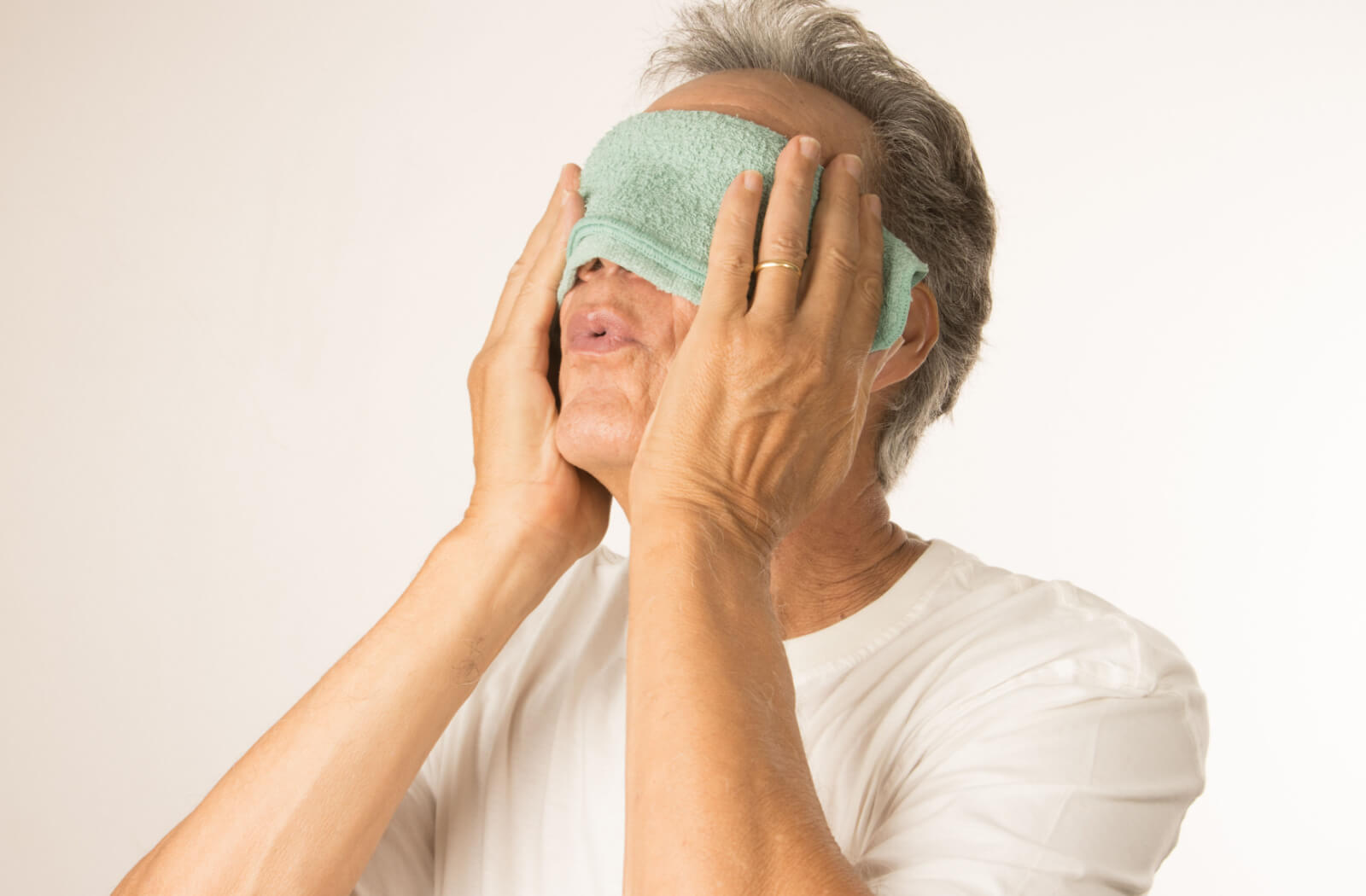
- Nutritional supplements: Certain nutritional supplements, such as omega-3 fatty acids, can help improve the quality of tears and reduce dry eye symptoms. These supplements can be found over the counter and are often recommended by eye doctors for people with chronic dry eyes.
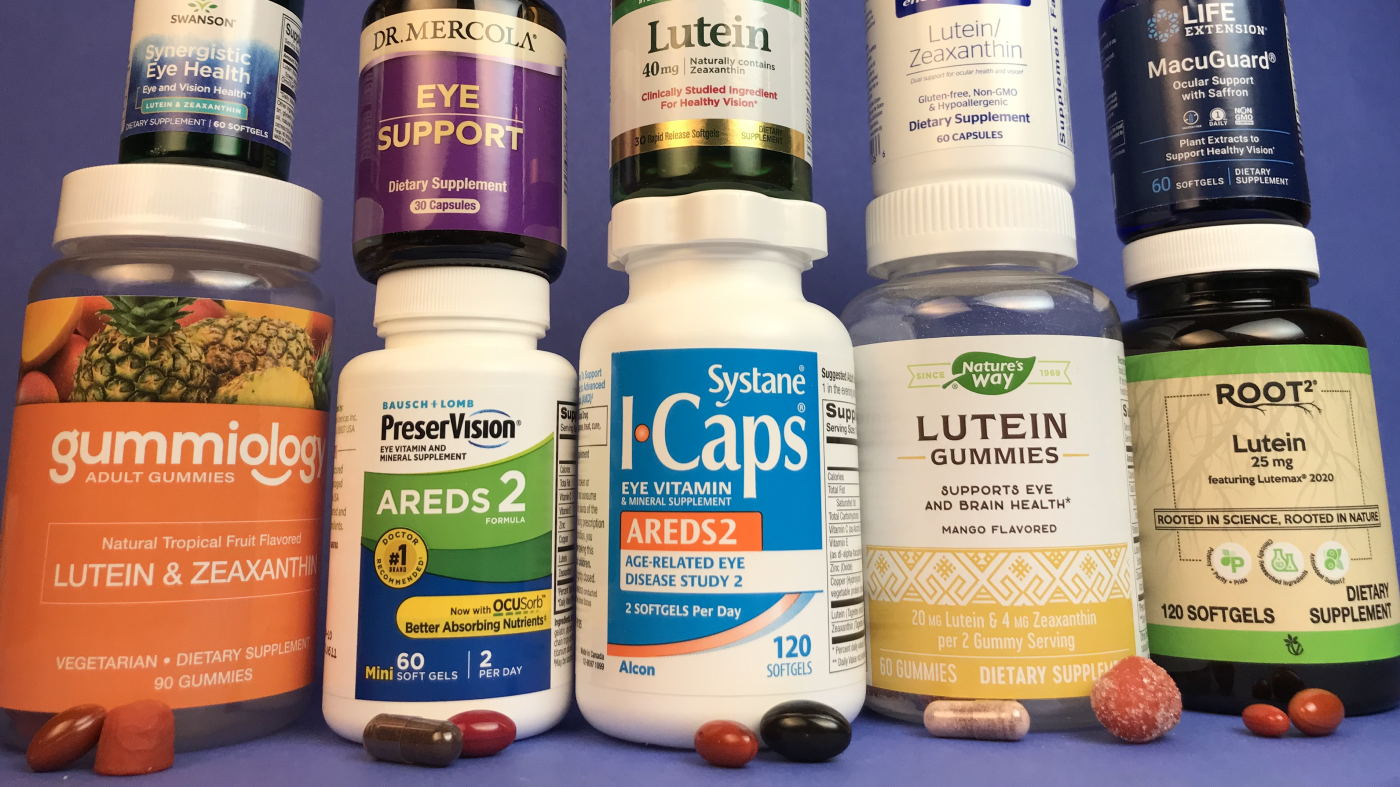
Dry eyes can be caused by a variety of factors, including age, environmental factors, medical conditions, medications, contact lens use, and nutritional deficiencies. Treatment options for dry eyes include artificial tears, prescription eye drops, punctal plugs, meibomian gland expression, warm compresses, and nutritional supplements.
If you are experiencing persistent dry eyes, it is important to consult with an eye care professional to determine the underlying cause and receive appropriate treatment.
